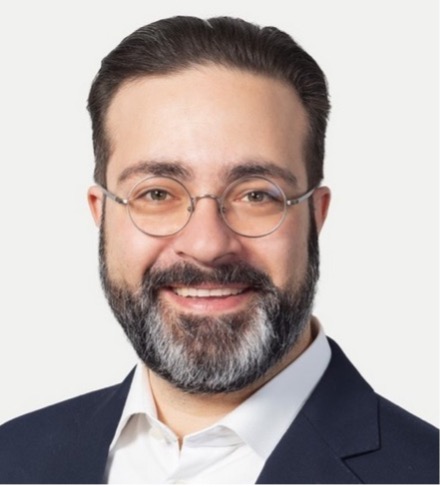
SPEAKER PROFILE |
 Prof. Maurizio Gullo 3D Biofabrication Group Leader, Fachhochschule Nordwestschweiz Hochschule für Life Sciences, Institute for Medical Engineering & Medical Informatics Switzerland |
3D Bioprinting of Cardiomyocytes Laden Nanocomposite Hydrogels Towards a Nano-Structured Origami Heart Model
Abstract
Myocardial infarction is the leading cause of death (34% in 2015) and the third-leading cause of hospitalization (13% in 2015) in Switzerland. Often post-infarction chronic cardiac insufficiency leads to additional long-term pathological disorders such as peripheral edema in lungs and kidney. Current research efforts focus on in-vitro heart models for understanding the mechanistic function of healthy and diseased hearts, and test the efficacy of potential therapeutics. Current efforts in 3D bioprinting heart models result in fragile structures, rather suited for single prototypes only. The NanoArgovia project KOKORO aims to overcome this limitation by developing a nano-structured cellulose scaffold for structurally supporting vascularized myocardial tissue growth. The cardiomyocytes will be embedded in a custom-made hydrogel-based bio-ink which will then be patterned onto the nano-structured cellulose scaffold by means of 3D bioprinting. In a similar way a layer containing vascularizing cells will be printed on top. In addition to the structural support the nano-patterned cellulose scaffolds will promote the alignment of myocardial tissue growth and thereby promote a directed muscle contraction, necessary for a proper function of the heart model. Finally, the resulting tissue sheet can be folded into a heart shape following origami techniques.
The presented work will introduce the levels of complexity towards the fabrication of a cell-based organ models and illustrate the challenges of 3D bioprinting. Moreover, it will go into more depth on the requirements and development of the hydrogel aimed for the printing and differentiation of cardiomyocytes and show first results of printed and functional cardiomyocytes. Finally, a tentative prediction of the likely immediate future direction of the subject area will round up the topic.
The presented work will introduce the levels of complexity towards the fabrication of a cell-based organ models and illustrate the challenges of 3D bioprinting. Moreover, it will go into more depth on the requirements and development of the hydrogel aimed for the printing and differentiation of cardiomyocytes and show first results of printed and functional cardiomyocytes. Finally, a tentative prediction of the likely immediate future direction of the subject area will round up the topic.
Bio
Maurizio R. Gullo received his MA in applied physics from the University of Neuchâtel in 2002. He received his PhD (2006) from the University of Neuchâtel where he developed AFM cantilevers for combined SECM-AFM. During his Postdoc at EPFL he led projects and PhD students in AM ranging from nanoscale (self-assembled monolayers) to microscale (cell assembly, ceramic micro implants). During an EU-FP7 Marie-Curie fellowship at the university of Tokyo, he manufactured bio-hybrid systems such as muscle cells driven micro robots. Currently he serves as biofabrication group leader at the University of Applied Sciences and Arts Northwestern Switzerland.